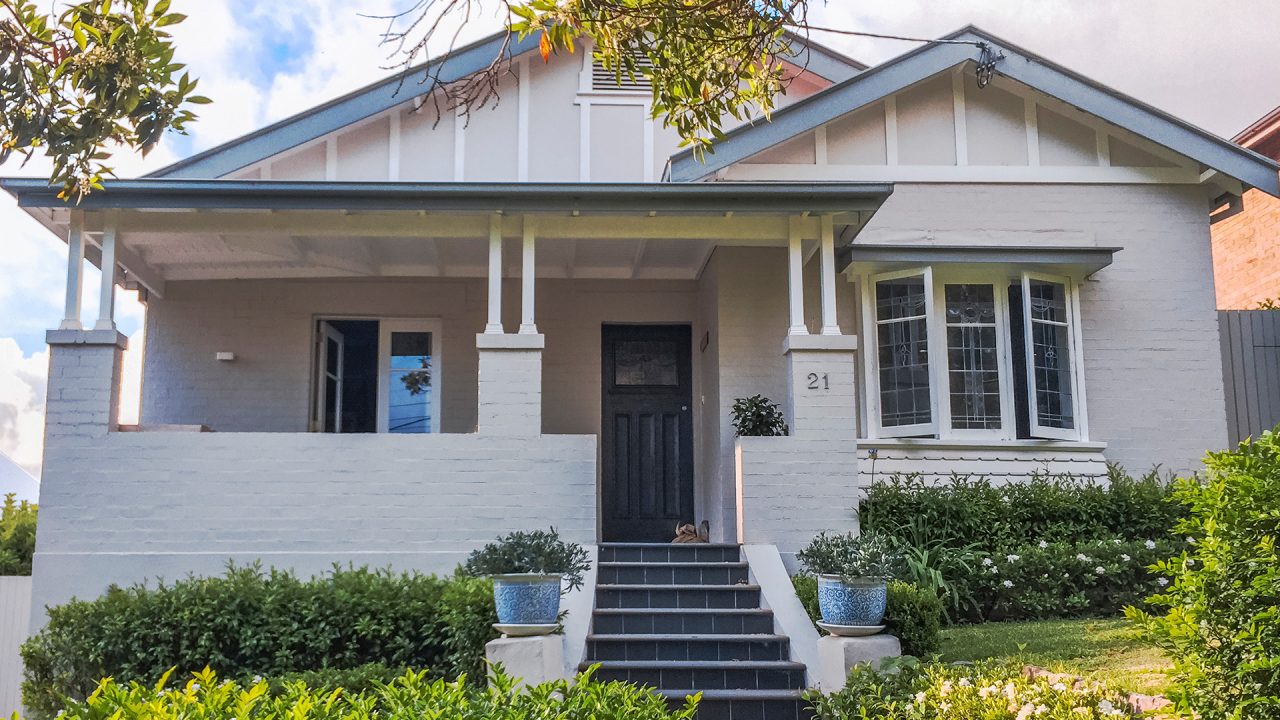Australia's housing market has continued to show resilience despite some headwinds. As diverse conditions begin to create complexities, what's ahead for Australian property?
Over 240 business leaders joined our May property update webinar, where Macquarie Business Banking’s National Head of Residential Real Estate, Domonic Thompson, and CoreLogic’s Head of Residential Research Australia, Eliza Owen, discussed how conditions in the first half of the year are filtering through to the Australian housing market and what to expect next.
Explore four trends that emerged during the webinar.
1. Different markets, different moves
Dwelling values rose 0.6% nationally in the three months to April, making it the 15th month of consecutive growth. That said, with factors such as inflationary pressures and a relatively high-rate environment in the mix, growth is softening.
It’s also important to remember that the market doesn’t move in total unison, and there are different dynamics playing out across the country.
“Perth, Adelaide and Brisbane continue to do a lot of the heavy lifting when it comes to ongoing growth,” Owen explained. “Perth home values for example were up 6% in the three months to April, compared to Melbourne, which was flat. In these constrained markets a lot of people who might want to sell, have limited options for where to move. This has had the market in deadlock for a while.”
But not every market has seen such strong growth.
Since rate hikes began, Melbourne house values dropped by 4.2%, while Hobart has experienced a sharper decline of 11.2%. It’s a similar story in the ACT where 87.6% of suburbs saw declining values over the same period.1
2. Different conditions, different borrowers
The economic environment has changed significantly in the last few years, filtering down to both the lending and housing market. The composition of the new mortgage market, as a result, has also evolved.
Investors have flocked back into the market after a cautious position at the start of the pandemic, accounting for just under 40% of home lending nationally in March 2024.4
“In the largest investment markets like Sydney and Melbourne gross rent yields remain compressed, but they have certainly increased from the lows of 2021. This may be driving some of the investor activity, along with capital gains, which is good news for investors looking to replenish stock in their investment portfolios,” observed Thompson.
In addition, RBA data shows that over the past four years, the average deposit size has increased and loan to value ratio has decreased for all loans, including first home buyers.2
“This might speak to the bank of mum and dad or that wealthier first homebuyers are getting into the market. Given current rental market conditions there is a lot of motivation for this cohort to get into the market,” Owen suggested.
This motivation was particularly evident in the year to March 2024, when first home buyer lending activity rose by 17.9%.3
3. Affordability leads the charge
As housing affordability becomes more challenging, demand has skewed towards more affordable markets.
Houses and units in the lower quartile increased at a rate of 4.1% and 3.1% respectively in the three months to April, while properties at the upper end stayed relatively steady.4 This is a stark contrast to the market in 2023, when the upper quartile saw the strongest growth.
“No matter what market you're looking at, the highest performers are the more affordable areas. When borrowing capacity is relatively constrained people naturally gravitate to more affordable suburbs,” Thompson said.
4. Strong migration keeps the rental market tight
Australia’s record net migration in 20235 has contributed to the significant growth of the rental market over the past four years. The median weekly rent value across all dwellings hit a record high of $627 per week in April 2024.6
Following a review of overseas migration, the federal government is now focusing on bringing migration numbers down to sustainable levels. In the 2024-25 Budget announcement, the government forecasted levels to drop to 255,000 by 2025-26.7
Over the past year, unit rental growth outperformed houses, however this trend is slowing down.
“Overseas arrivals largely take on inner city or high-density rentals around employment nodes and universities. The downward trend in unit rental growth is likely an early sign that net overseas migration is already normalising. It also suggests the high-end inner-city areas are coming off the boil,” Owen said.
The story is somewhat different for houses, especially in outer suburbs where growth is reaccelerating as renters are increasingly priced out of inner-city areas.
Between October 2023 and April 2024, greater capital areas within 30-40km of centres experienced the strongest acceleration.8 These areas with slightly lower rental prices may also offer less competitive conditions and larger properties with space for people to form group households.
“The good news is the easing in the growth of unit rental is likely an early signal of what’s to come. We might start to see a bit of relief play out across the rental market more broadly,” Owen suggested.
In summary
The market has softened in the first half of the year as inflationary and affordability pressures directly impact households. However, with factors such as constrained supply at play and ongoing, it’s unlikely the property market will see a prolonged downturn - in fact, it remains broadly resilient. Price growth may continue to soften though, particularly as a cash rate cut is not likely until towards the end of this year or early next, though this will be highly dependent on watch points for the central bank, such as inflation.
To discuss any opportunities for your business, please speak with your Macquarie Business Banking Relationship Manager or request a call.








